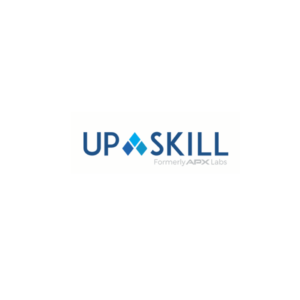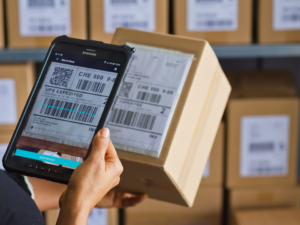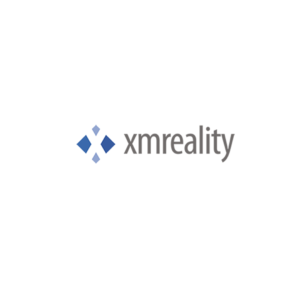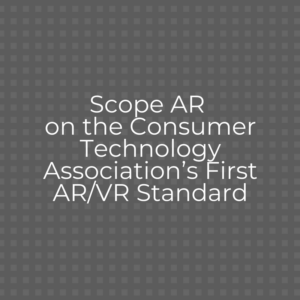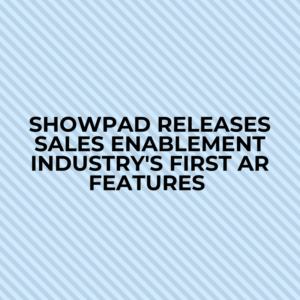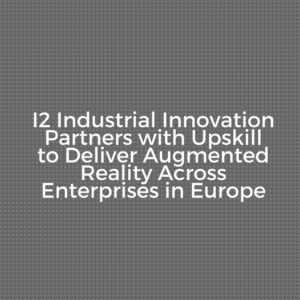PTC awarded first place in ABI Research’s smart manufacturing platform ranking
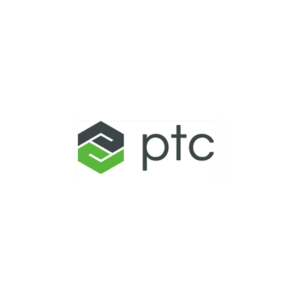
ABI Research’s ranking system, “Smart Manufacturing Platform Ranking”, saw 11 major companies in the industry analysed on a variety of different factors.
The platforms were reviewed on its innovation, originality, plans to deploy and support transformative technologies, digital twins, edge intelligence, protocol adaptability, robotics integration among other transformative technologies like blockchain and Artificial Intelligence.
The assessment also saw the platforms studied on its progress in establishing partnerships, connecting assets, integrating with enterprise and cloud systems, security, regional coverage, in addition to its upfront costs and current business model.
PTC, SAP, Schneider Electric and Siemens all tied for first place in digital twins, and PTC and Telit drew for highest in protocol adaptability and connectivity.
However, it was confirmed that PTC was considered the best platform overall.
“PTC emerged as the leader, excelling with its innovative initiatives across transformative technologies, and GE Predix came in second,” said Pierce Owen, Principal Analyst of Smart Manufacturing at ABI Research.
Last month, it was confirmed that Rockwell Automation would partner with PTC in an equity investment and strategic partnership believed to be worth $1bn.


